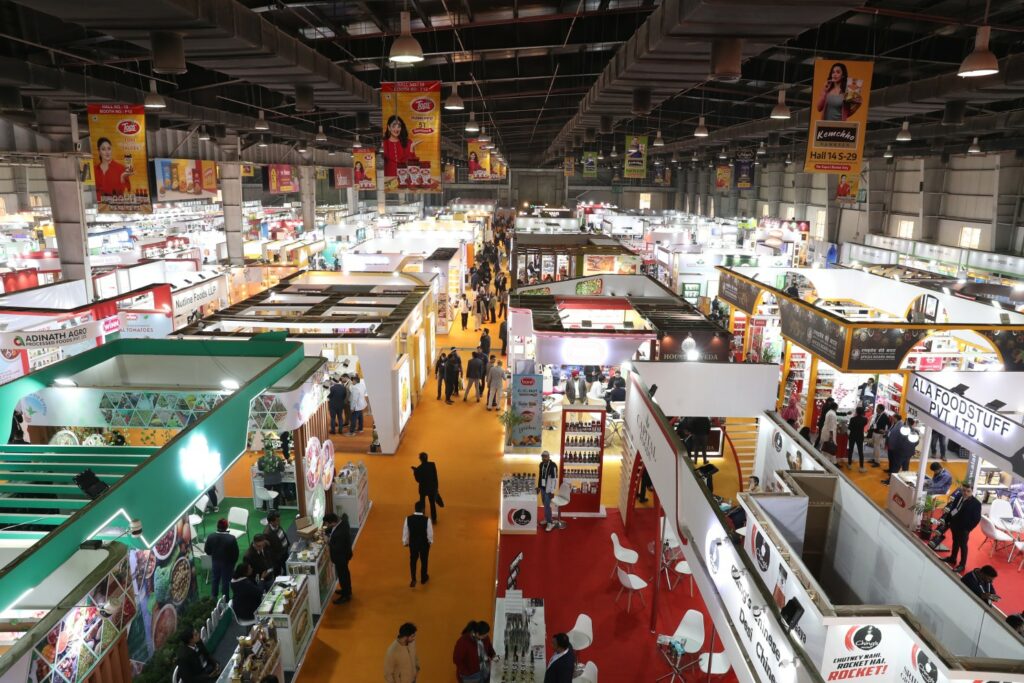
In a world where the travel sector’s focus is shifting towards more experiential offerings, the importance of MICE services continues to grow throughout the world.
Based on a study conducted by MICE Hospitality back in 2023, the sector’s worth stands to grow to around US$1.4 trillion by 2028, and both hotels and stand-alone venues are scrambling to carve themselves a larger share of the market.
Following the pandemic years, large-scale MICE events are back and the range of services to ensure successful meetings, conferences, and exhibitions has grown more diverse over the past couple of years.
At the same time, countries are also ramping up their respective facilities to welcome MICE travellers, ensuring that their events are both successful and memorable.
This raises the question of how companies select the location of their MICE events, given the increasing number of options available to them. UCC president Li Zhang recently voiced her perspective on the issue at the ITB China 2025, offering four key points for consideration.
Searching for the Perfect Venue on a Global Scale
Li stated: “Corporate clients are looking for more than just service providers. They want strategic partners in their global expansion journey. This trend of going global is creating new business opportunities for MICE service providers throughout the world.”
She highlighted how corporations have become more meticulous when selecting venues for their events, particularly overseas.
“Many favoured destinations include France, Italy, and Switzerland in Europe, while Singapore and Thailand are preferred in Southeast Asia, with Japan and the United States also remaining popular choices.”
These locations are recognized for their excellent MICE facilities while providing rich cultural resources that enhance events and immerse participants in local traditions.
Four Points of Consideration
Based on her company’s experiences, Li provided four key factors to consider when choosing a MICE venue or destination:
- Safety and Security: This should be the top priority for both organisers and participants, automatically excluding locations with political instability or health risks.
- Convenience: Accessibility is vital in terms of infrastructure and transportation to ensure participants arrive on time and enjoy their experience.
- Cultural Offerings: Integrating cultural elements can transform a standard event into a richer experience.
- Cost-Effectiveness: Organizations seek to maximize their budgets by evaluating options and monitoring fluctuating exchange rates.
These criteria affect decision-making in the MICE sector, ultimately shaping its future.
